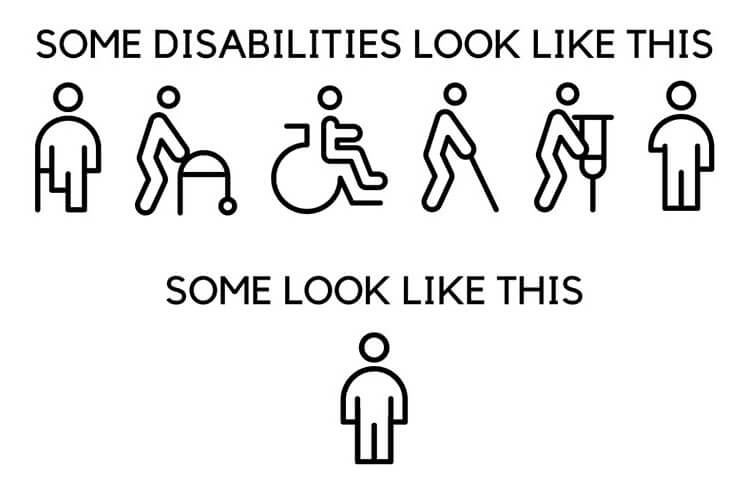By Deborah Hopkins, October 18, 2022
 In our Reasonable Accommodation training classes, we at FELTG focus on the framework set out in the law. It’s the best way to ensure your agency is handling every request appropriately. Here’s the basic approach once it’s been established the employee is a qualified individual with a disability. This is the approach that FELTG founding father Bill Wiley calls the Accommodation Three-Step:
In our Reasonable Accommodation training classes, we at FELTG focus on the framework set out in the law. It’s the best way to ensure your agency is handling every request appropriately. Here’s the basic approach once it’s been established the employee is a qualified individual with a disability. This is the approach that FELTG founding father Bill Wiley calls the Accommodation Three-Step:
- Look for a reasonable accommodation that will allow the employee to perform the essential functions of the job (by engaging in the interactive process) without causing an undue hardship.
- If accommodation is not possible, consider the accommodation of last resort: a reassignment to a vacant, funded position for which the employee is qualified, at the current grade level.
- If nothing is available at the employee’s grade level, look for a vacant, funded position at a lower grade level.
A recent case, Shanti N. v. IHS, EEOC Appeal No. 2019004882 (Sept. 14, 2021), illustrates how problematic it can be when an agency stops at Step 1. In Shanti N., the employee, a GS-9 staff analyst, requested full-time telework to accommodate her medical conditions (TBI, PTSD, and pregnancy). Her supervisor denied the request because in 2017 when the events of this case occurred, staff analysts were required to be in the office full-time because of the customer service nature of their positions.
(This might be a good time to mention that things have changed since then, and FELTG is holding a class on November 17 titled Reasonable Accommodation: Meeting Post-pandemic Challenges in Your Agency, where we’ll discuss how telework has altered Reasonable Accommodations – and much much more.)
Back to Shanti N. Once her telework request was denied, she requested a reassignment to a telework-friendly position. Her supervisor agreed, but then made no effort to conduct a search for a vacant, funded position.
According to the case, agency HR “experienced difficulties in completing the reassignment process because [the agency] had a policy of giving absolute hiring preference to Native Americans and Alaskan Natives and Complainant was neither.” The supervisor then explained that it would be difficult to reassign the complainant to another position in the agency because the complainant would have to compete for a vacant position and would be discounted by a candidate with “Indian Preference.”
On the alternative side, the complainant exercised her diligence and actually identified several positions for reassignment in another subcomponent of the agency. When she made these suggestions, the agency indicated it would be unable to complete the reassignment, and that it was on the complainant to obtain and secure the reassignment on her own.
As you can imagine, the EEOC did not take this well. They found the agency did not meet its obligation to identify vacant reassignment positions, or to confirm whether the Indian Preference policy would actually prevent a reassignment.
In addition, the EEOC found that the agency had not shown that reassigning the complainant would be an undue hardship, and it failed to engage in a good faith search for a reassignment, which violated the Rehabilitation Act.
A simple mistake that ended up being quite costly, not just to the agency but to the employee as well. Don’t let it happen to you. [email protected]

